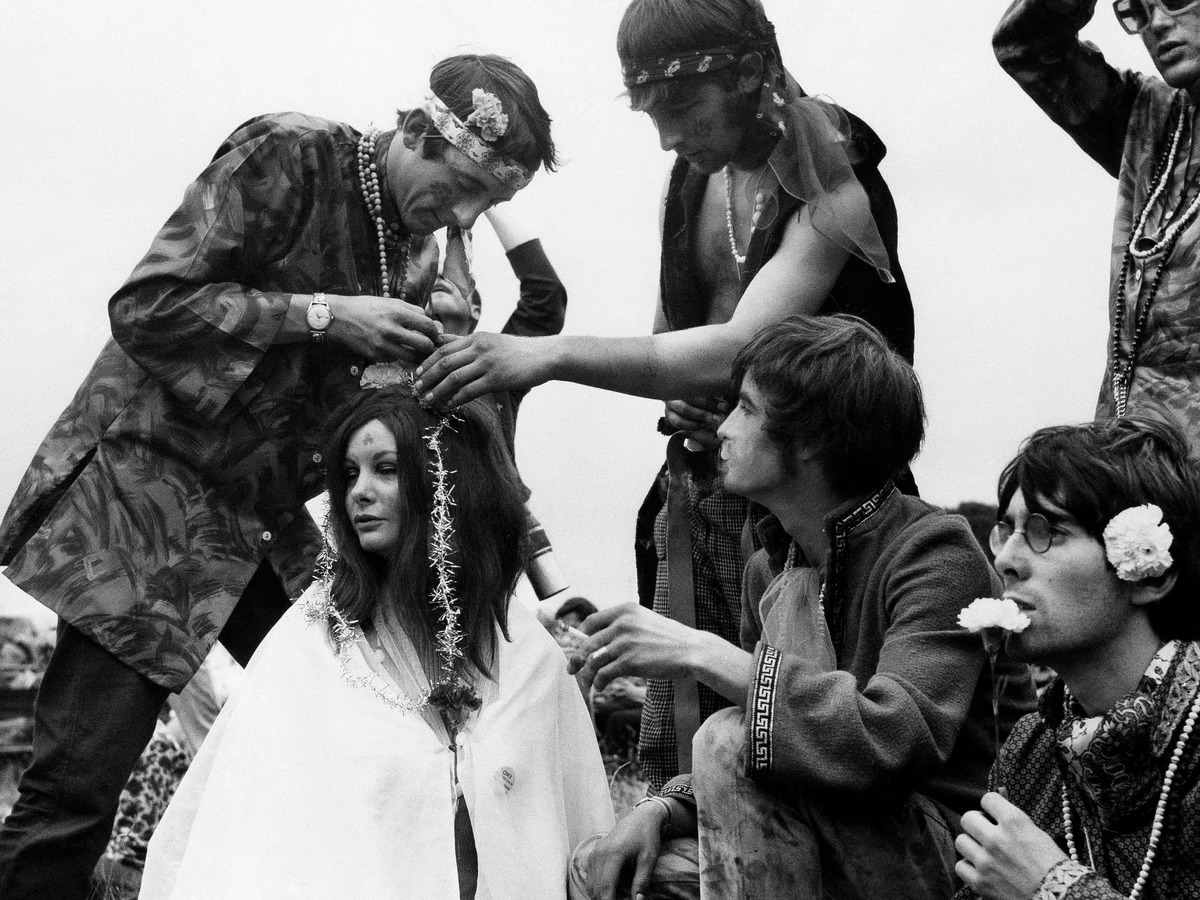The Untold Story Of The Hippie Cultural Revolution

The Hippie Cultural Revolution of the 1960s changed the world in ways still felt today. This movement, born from a desire for peace, love, and freedom, challenged traditional norms and sparked a wave of social change. Hippies embraced new lifestyles, experimented with music, art, and fashion, and advocated for civil rights and environmentalism. Their influence extended beyond just the counterculture, impacting mainstream society and leaving a lasting legacy. But what exactly fueled this revolution? How did it manage to reshape society so profoundly? Let's dive into the heart of the Hippie Cultural Revolution and uncover its true impact.
The Birthplace of the Hippie Movement
The hippie cultural revolution began in the 1960s, a time of social upheaval and change. This movement, characterized by peace, love, and freedom, left an indelible mark on history. Let's explore some key places where this revolution took root.
San Francisco, California
San Francisco, particularly the Haight-Ashbury district, became the epicenter of the hippie movement. This neighborhood attracted thousands of young people seeking an alternative lifestyle. The Summer of Love in 1967 saw a massive influx of hippies, musicians, and artists, all converging to celebrate peace and love.Greenwich Village, New York
Greenwich Village was another hotspot for the counterculture movement. Known for its bohemian lifestyle, the Village was home to many influential artists, poets, and musicians. Bob Dylan, a key figure in the movement, often performed in local cafes and clubs, spreading messages of change through his music.
Iconic Music Festivals
Music played a crucial role in the hippie movement, serving as a medium for expressing ideals and bringing people together. Several iconic festivals became synonymous with the era.
Woodstock, New York
Woodstock, held in 1969, is perhaps the most famous music festival of all time. It symbolized the peak of the hippie movement, drawing over 400,000 attendees. Legendary performances by Jimi Hendrix, Janis Joplin, and The Who made Woodstock a defining moment in music history.Monterey Pop Festival, California
The Monterey Pop Festival in 1967 was another landmark event. It was the first major rock festival and featured groundbreaking performances by Jimi Hendrix, The Who, and Janis Joplin. This festival helped launch the careers of many artists and solidified the connection between music and the counterculture.
Communes and Alternative Living
Hippies sought to create communities that reflected their values of peace, love, and harmony with nature. Communes became a popular way to live out these ideals.
The Farm, Tennessee
Founded in 1971, The Farm in Tennessee is one of the most well-known hippie communes. It was established by Stephen Gaskin and a group of like-minded individuals who wanted to live sustainably and cooperatively. The Farm continues to thrive today, promoting ecological living and social justice.Drop City, Colorado
Drop City, established in 1965, was one of the first rural communes. It became famous for its innovative architecture, including geodesic domes made from salvaged materials. Drop City embodied the DIY spirit of the hippie movement and inspired many other communal living projects.
Counterculture Hubs Around the World
The hippie movement wasn't confined to the United States. It spread globally, influencing cultures and communities worldwide.
Christiania, Denmark
Christiania, a self-proclaimed autonomous neighborhood in Copenhagen, Denmark, was founded in 1971. It became a haven for those seeking an alternative lifestyle, free from the constraints of mainstream society. Christiania remains a vibrant community, known for its unique art and progressive values.Goa, India
Goa, India, became a popular destination for hippies in the late 1960s and 1970s. Drawn by its beautiful beaches and spiritual atmosphere, many Westerners flocked to Goa to explore Eastern philosophies and practices. The region still retains a laid-back, bohemian vibe, attracting travelers from around the world.
Lasting Impact of the Hippie Movement
The hippie cultural revolution left a lasting legacy that continues to influence modern society. From music and fashion to social and environmental activism, the ideals of the movement remain relevant today.
Berkeley, California
Berkeley was a hotbed of political activism during the 1960s. The Free Speech Movement, which began at the University of California, Berkeley, was closely tied to the hippie movement. This activism laid the groundwork for future social justice movements and continues to inspire change.Amsterdam, Netherlands
Amsterdam became a hub for counterculture in Europe. The city's liberal policies and vibrant arts scene attracted many hippies. Today, Amsterdam remains a center for progressive thought and alternative lifestyles, reflecting the enduring spirit of the hippie revolution.
The Lasting Impact of the Hippie Cultural Revolution
The Hippie Cultural Revolution left a lasting mark on society. It challenged traditional norms, promoting peace, love, and freedom. This movement influenced music, fashion, and art, creating a unique cultural legacy. The counterculture questioned authority and pushed for social change, leading to significant shifts in attitudes towards civil rights, environmentalism, and personal expression.
The revolution's emphasis on individuality and community continues to inspire new generations. Festivals like Burning Man and the ongoing popularity of psychedelic music show the enduring appeal of hippie ideals. The movement's impact on politics and social justice remains relevant today, reminding us of the power of collective action and the importance of questioning the status quo.
The Hippie Cultural Revolution wasn't just a moment in time; it was a catalyst for ongoing change and a reminder of the potential for a more inclusive and compassionate world.

